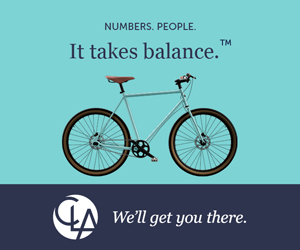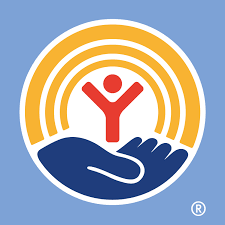Study: Millions of top students under-challenged

Millions of U.S. students are being under-challenged by an educational system that overemphasizes age-based curriculum, according to a new research study from Duke University. The researchers contend that tens of billions of dollars in education funding are likely being wasted each year in efforts to teach students content they already know.
The study, co-authored by Matt Makel, director of Research at the Duke University Talent Identification Program, found large percentages of U.S. students are performing above grade level, with many of them performing well above grade level.
In response to the study, Iowa’s top state education official said it’s important to take all levels of students’ needs into account, and that Iowa teachers work hard to differentiate their instruction to meet individual students’ needs.
“I think it’s a helpful study,” said Ryan Wise, director of the Iowa Department of Education. “It’s always good to be aware of the full range of student needs; any study that calls attention to that is a good thing.”
Depending on the state-specific data examined, the researchers estimate that 20 to 40 percent of elementary and middle school students perform at least one grade level above their current grade in reading, with 11 to 30 percent scoring at least one grade level above in math.
Large percentages of these students are performing well above grade level: the study estimates that 8 to 10 percent of fourth-grade students perform at the eighth-grade level in reading/English/language arts, with 2 to 5 percent scoring at similar levels in math.
Wise said Iowa’s share of advanced students is similar to the study’s findings, with about 9 percent of students scoring above grade level in the National Assessment of Educational Progress test, and between 23 and 29 percent with advanced scores in reading and math in the Iowa Test of Basic Skills.
Mark Jacobs, founder of Reaching Higher Iowa, said the findings underscore the importance of rigorous standards and an assessment test that is aligned with those standards. The nonprofit’s mission focuses on efforts to restore Iowa’s leadership position in K-12 education.
“Those two components enable our educators to pinpoint exactly where a student is developmentally and to create individual education plans (IEPs) that are tailored to each specific student’s needs,” he said.
“The missing component in Iowa is an assessment test that is aligned to our academic standards,” Jacobs said. “The adoption of Smarter Balanced in 2017-2018 will fill that void. The second takeaway is that that we need to continue to focus on raising achievement levels of those students who fall well below their grade level in Iowa.”
Wise noted that Iowa has been stagnant on reading growth, and that only about 75 percent of students are proficient readers by the end of fourth grade. “With one in four students not reading proficiently, we can’t lose track of that either,” he said. “We need to make sure we’re serving all kids, at every continuum of learning and performance.”
Additionally, Iowa’s efforts towards more competency-based learning should help to expand school’s abilities to meet the personalized needs of students, Wise said. In 2013 the Iowa Legislature provided $100,000 in funding for a pilot program in 10 schools to test a competency-based learning approach, with the goal of increasing the number of students who meet college and career ready indicators at all grades.









